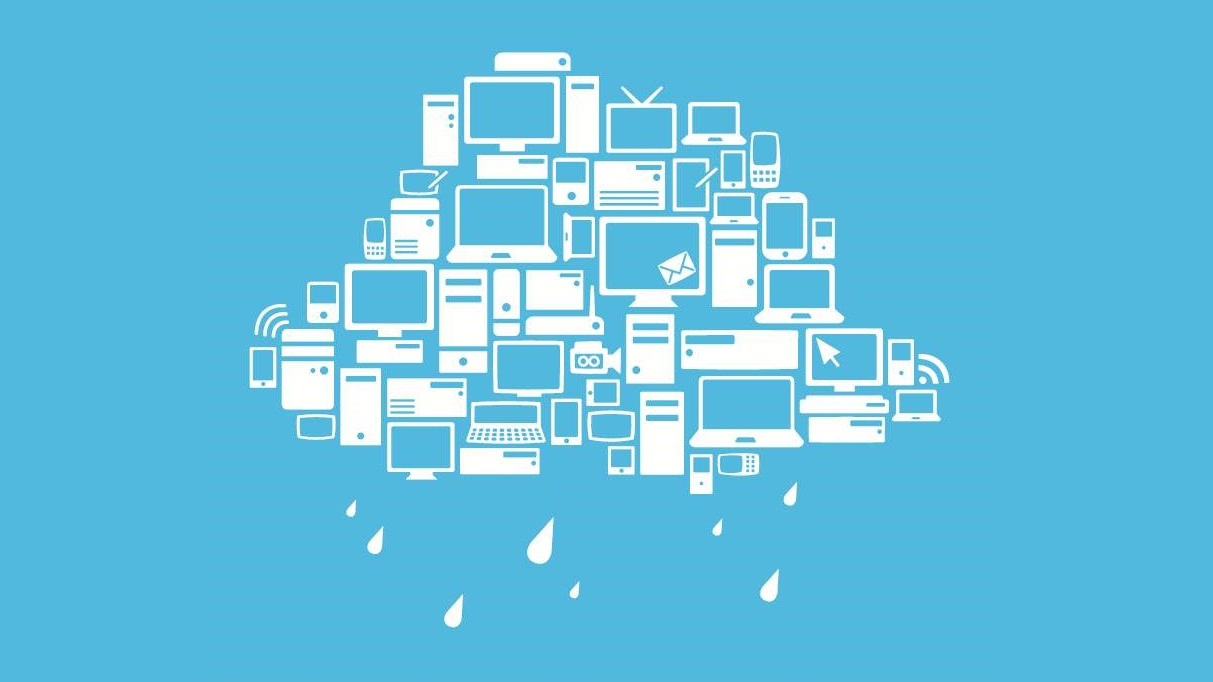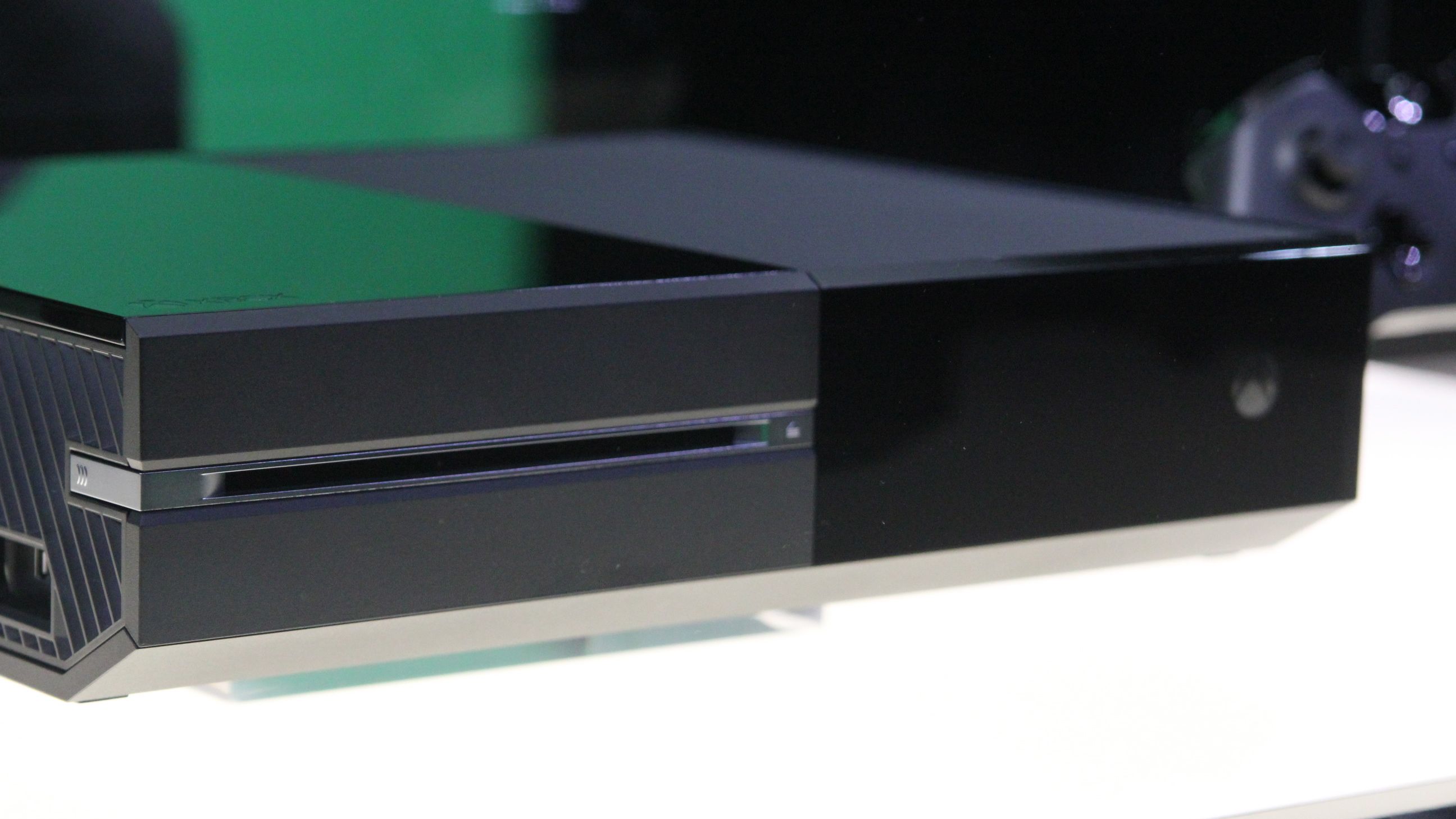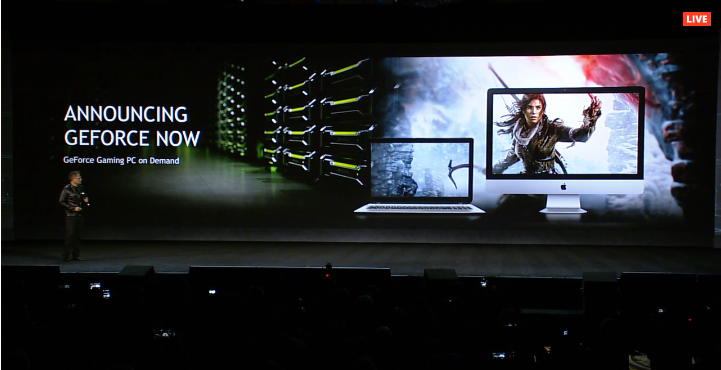Is cloud computing for gaming too good to be true?
Heads in the clouds?

One of the most exciting innovations of recent years has been cloud computing. Many of us use cloud-based services every day without really thinking about it. For example, if you take photos on your Android smartphone or Apple iPhone, your photos can be backed up automatically to the cloud, which means you can view them from any internet-connected smartphone or computer.
With cloud computing, the idea is to make use of a remote, powerful, computer that’s connected to the internet, and stream its processing power to a cheaper, low-powered computer in your home. The potential for this technology is huge. It allows gamers to experience playing on powerful hardware they wouldn't be able to afford, or allow research institutes to make use of the most powerful supercomputers in the world without physically having them in the same building.
Cloud computing is definitely an innovation worth getting excited about – but in its current state, is the technology too good to be true? Let’s take a look.

What is cloud computing?
First of all, what is cloud computing? It’s a rather broad term that covers a lot of services and technology. The basic gist of it is that cloud computing is a method of accessing services provided by remote computers over the internet – which is referred to as ’the cloud’.
These services can include servers, storage, software and raw processing power, and they’re usually provided through a subscription, so you can pay small amounts each month, rather than having to pay a lot of money all at once for the hardware or services.
As we mentioned earlier, it’s likely that you use cloud computing every day, even without knowing. Popular cloud storage services like Google Drive, Dropbox and OneDrive, for example, allow you to easily store your files in the cloud, and access them from other devices.
Sending emails, or creating online documents in Google Docs, could also be considered cloud computing, as you’re using servers and hardware from remote internet-connected PCs.
Get daily insight, inspiration and deals in your inbox
Sign up for breaking news, reviews, opinion, top tech deals, and more.
Even streaming services like Netflix and Spotify could be considered cloud computing, as you’re accessing content (videos and music) that’s stored remotely on other machines.
Cloud computing and gaming
There are also a number of exciting cloud computing services for video games. For example, Microsoft has long been touting using cloud computing as a way to offload certain intensive tasks for its Xbox One console, potentially offering much more impressive graphics, physics and gameplay than the console itself is capable of.
Unfortunately, this is where we first encountered the notion that cloud computing might be too good to be true. When Microsoft talked about Xbox One’s use of cloud computing, the company was intentionally vague, using jargon and buzzwords but providing little in the way of facts.

This came at a time when the Xbox One was being roundly criticized for being underpowered compared to its competitor, the PlayStation 4. Microsoft was keen to stress that cloud computing could overcome the hardware limitations of its console, as it could harness the power of cloud computers to help out with the graphics load.
That all sounded great, and Microsoft certainly has the experience to back up its claims, thanks to its established cloud services and products, such as OneDrive and its Azure cloud platform, but we’ve yet to see the Xbox One really take advantage of cloud computing. Crackdown 3, a game that was once touted as being a showcase for the Xbox One and the ’Power of the Cloud’, has yet to be released after numerous delays, and talk of the cloud when it comes to the game has been conspicuous by its absence recently.

Meanwhile, Microsoft seemed to waver in its belief that the cloud could save the Xbox One when it comes to power, and instead built a more powerful traditional console in the Xbox One X.
The promise of Microsoft’s gaming nirvana where hardware didn’t matter sadly proved to be too good to be true. However, there are rumors that the next Xbox (apparently codenamed Scarlett Cloud) will finally fulfill Microsoft’s lofty claims of cloud computing.
Feeling the GeForce
A more realistic use of cloud computing for gaming, and one that actually exists, is Nvidia’s GeForce Now service, which is currently available as a free beta. This service uses Nvidia’s huge collection of powerful cloud-connected servers and hardware to stream games to your PC, Mac or Nvidia Shield console.
Like most cloud computing services, it uses the power of remote computers to stream games to your device, while your inputs for controlling the game (through a keyboard and mouse or gamepad) are sent back to the remote computer. On paper, if your internet connection is good enough, there should be minimal lag between you sending a command and it appearing on-screen.

We had a chance to use GeForce Now at an event Nvidia was holding, and we were very impressed. We played PlayerUnknown’s Battlegrounds, a game in which quick reflexes are essential, and any hint of lag could mean game over, on older MacBooks which shouldn’t usually be able to run the game. Most of the time it felt like we were playing the game natively on powerful gaming PCs in front of us, rather than using cloud computing to stream the game from remote PCs many miles away.
However, it should be noted that we were using GeForce Now in circumstances that benefited the service, namely a central London hotel with super-fast internet access. If you live out in the countryside and your internet connection is poor, then the results may not be so good.
Regardless, in this early beta stage we saw the promise of cloud computing that Microsoft has so far failed to deliver on Xbox One.
There are also a number of similar services, such as Shadow, which is growing in popularity and gives subscribers access to a remote PC that has a powerful CPU, 12GB of RAM and a GTX 1080 graphics card – essentially a high-end gaming rig.
Sony also has its PlayStation Now service, that allows people to stream PS4, PS3 and PS2 games to their PS4 or PC. It’s not as ambitious as what some other companies are delivering (or promising), but it’s a great example of how cloud computing can benefit gamers, and free them from the limits of their hardware.
TechRadar's Next Up series is brought to you in association with Honor


Matt is TechRadar's Managing Editor for Core Tech, looking after computing and mobile technology. Having written for a number of publications such as PC Plus, PC Format, T3 and Linux Format, there's no aspect of technology that Matt isn't passionate about, especially computing and PC gaming. He’s personally reviewed and used most of the laptops in our best laptops guide - and since joining TechRadar in 2014, he's reviewed over 250 laptops and computing accessories personally.